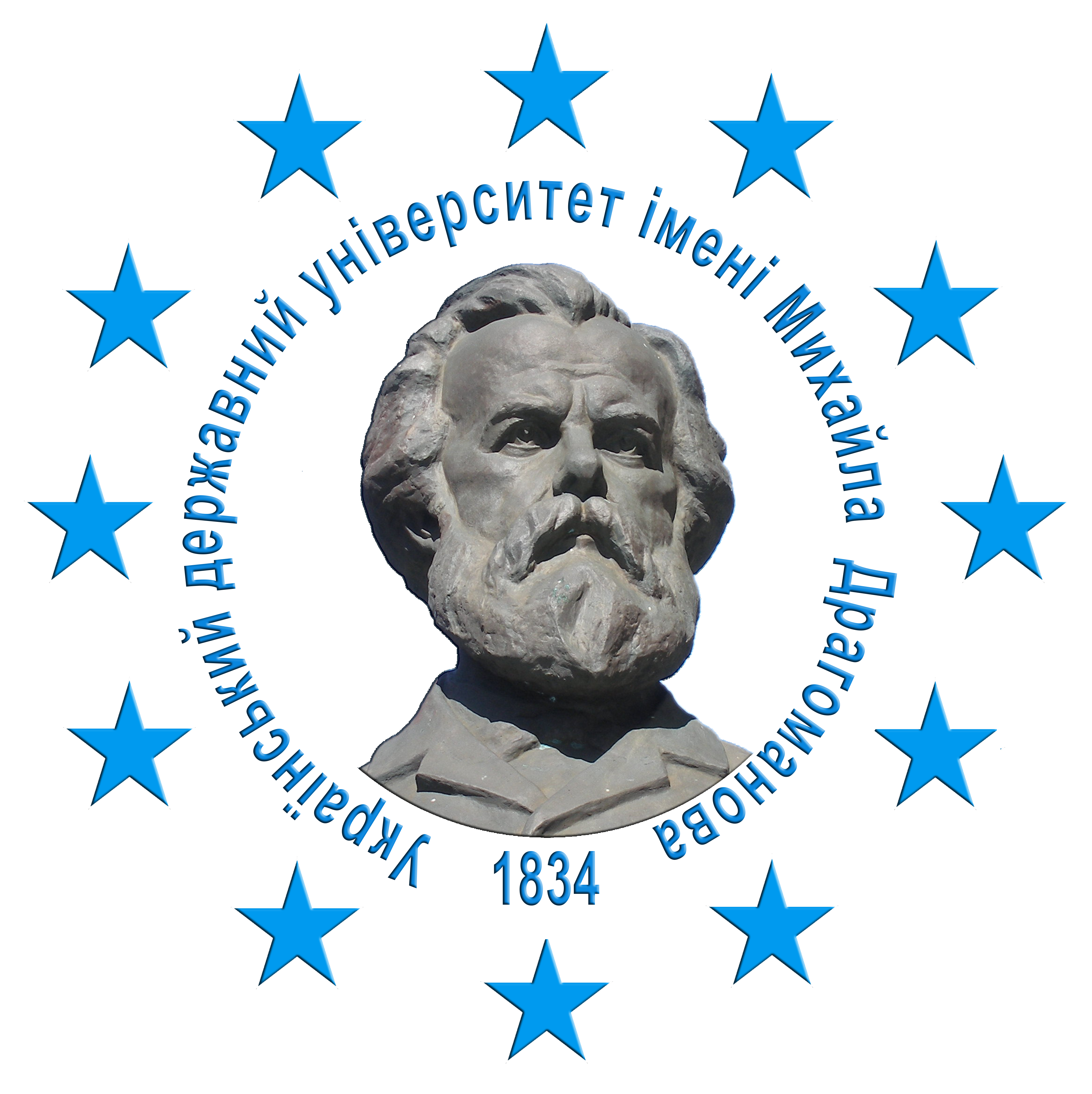PHILOSOPHICAL UNDERSTANDING OF THE PERFORMATIVE POTENTIAL OF THE THEATER NO
DOI:
https://doi.org/10.31392/cult.alm.2025.2.36Keywords:
performativity, performative act, potential, spectacle, ontology, temporality, corporeality, actionAbstract
Performativity is a multifaceted construct consisting of a number of components that are revealed in the aggregate of the concept due to the interweaving of action, meaning and being: where language, gesture and intention become not just tools of expression, but also acts of creating reality. An explanation of this can be found in John L. Austin, for whom words have not only descriptive, but also performative power: they do not just describe the world, but also transform it, as in the case of a promise, order or ritual. However, this potential goes beyond culture or, as in the case of John L. Austin, linguistics, entering the sphere of corporeality, sociality, and even ontology. The spectrum of the potential of performativity can be seen on the example of other philosophical theories in which it acts as a mechanism of construction. As in Judith Butler, it becomes a mechanism of identity construction: repeated acts, be it gestures, words or practices, form a subject that does not precede the action, but arises in it.On the other hand, Martin Heidegger could see in performativity an echo of being-in-the-world, where action not only changes external reality, but also reveals existence itself. The performative act becomes the site of Dasein's meeting with the world, the point where the potential of being is realized through participation. In this sense, performativity appears not only as a tool of power or self-expression, but also as a way of revealing the truth, albeit a temporary, situational one.Thus, if we consider the performative potential through a philosophical lens, we can see the dynamics between language and action, individual and society, possibility and limitation. It prompts us to think about how every act, be it an everyday gesture or an artistic performance itself, carries the power of creation, destruction or reinterpretation of reality, questioning the boundaries of what is and what can be.You can see the completeness of what constitutes performativity on the example of the Japanese Noh theater, which is not only a cultural phenomenon that emphasizes the aesthetic component of performance, but is itself a kind of philosophical practice that highlights the deeper structures of this phenomenon.
References
Бойко, О. С. (2016). Танцювальні перформанси як мистецьке явище. Вісник КНУКіМ. Серія «Мистецтвознавство», (35), 69–77. https://doi.org/10.31866/2410-1176.35.2016.158246.
Вельш, В. (2007). Наш постмодерний модерн. Київ : Альтерпрес. 328 с.
Гончаренко, К. (2023). Видовищність, іронія та ностальгія в структурі постмодерного мистецького коду. Культурологічний альманах, (4), 120–125. https://doi.org/10.31392/cult.alm.2023.4.15.
Лігус, М. В. (2017). Поняття перформансу: соціально-філософський аспект. «Young Scientist». № 7 (47). С. 51–54.
Малютіна, Н. (2021). Перформативні практики: досвід осмислення : монографія. Одеса : Астропринт. 184 с.
Меднікова, Г. С. (2022). Соціально-культурні аспекти перформативного мистецтва. Культурологічний альманах. Вип. 4. С. 194–200.
Рибалко, С. (2017). Театр Но у ритуальних та мистецьких практиках сучасної Японії. Народознавчі зошити. № 6 (138). С. 1591–1600.
Юдова-Романова, К. В. (2021). Інклюзивне сценічне та перформативне мистецтво у діяльності Українського культурного фонду. Вісник КНУКіМ. (44). С. 142–149. https://doi.org/10.31866/2410-1176.44.2021.235404.
A History of Japanese Theatre. (2016). Cambridge : University Press. 589 p.
Alexander, J. (2006). Social performance: symbolic action, cultural pragmatics, and ritual. Cambridge, University Press. 375 p.
Austin, J. L. (1955). How To Do Things With Words. Harvard University. 163 p.
Goffman, E. (1959). The presentation of self in everyday life. Edinburgh: University of Edinburgh, Social Sciences Research Centre. 162 p.
Cassirer, E. (1998). The Philosophy of Symbolic Forms. Volume 4: The Metaphysics of Symbolic Forms. Yale University Press, 264 p.
Heidegger, M. (2006). Sein und Zeit. Tübingen: Max Niemeyer Verlag. 458 р.
Nishida, K. (1987). Last Writings: Nothingness and the Religious Worldview. Honolulu. 151 р.
Schechner, R. Performance Theory. London and New York: Routledge, 2003. 432 p.









